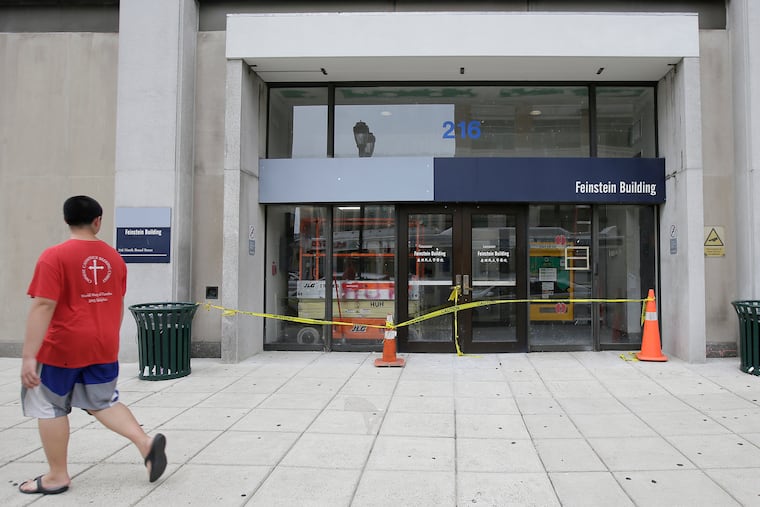Philadelphia plans to use part of the former Hahnemann hospital as a shelter space
The former hospital has been vacant since Hahnemann closed in 2019. Its new use comes as Mayor Parker's administration has prioritized getting the homeless population off the streets and into shelter.
